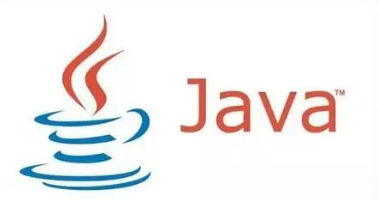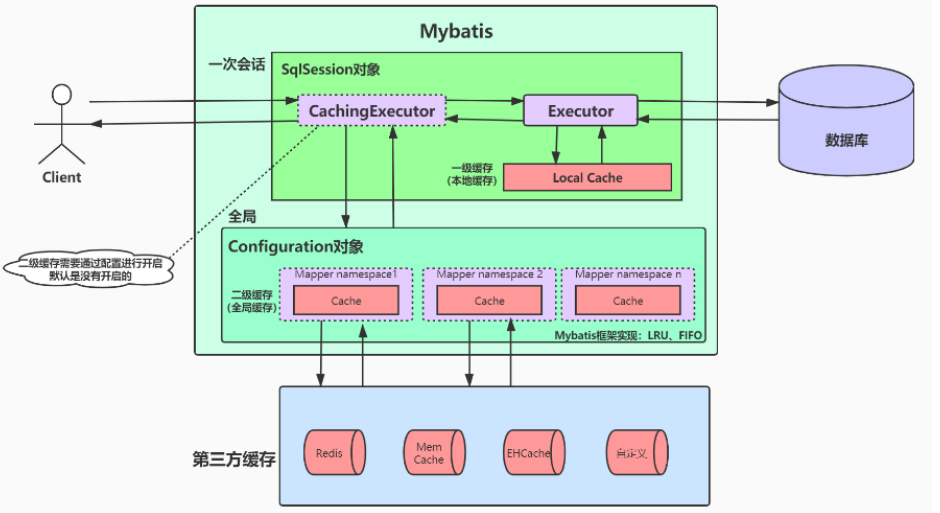The large-scale laser communication calibration equipment developed by the Changchun Institute of Optics and Mechanics of the Chinese Academy of Sciences has completed the satellite-to-ground test: it
According to news on November 29, according to the official website of the Chinese Academy of Sciences, recently, the Changchun Institute of Optics, Fine Mechanics and Physics of the Chinese Academy of Sciences developed a large-scale laser communication calibration equipment for Beidou Global System to complete the satellite-to-ground high-speed downlink laser communication test.

The equipment has completed various test contents for the high-orbit and medium-orbit satellite terminals, and has realized the two-way tracking of beacons and signals, adaptive correction, uplink and downlink communication, and calibration of the satellite terminal parameters.
Because laser communication has the advantages of high speed and high confidentiality, it has become one of the important technical means in satellite data relay, high-speed data transmission, and satellite communication networks. Large-aperture laser communication calibration equipment is a must in laser communication networks. Device.
According to reports, the Beidou laser communication calibration ground equipment is the first time that Changchun Institute of Optics and Mechanics has applied adaptive technology to the field of satellite-to-ground laser communication. The wavefront correction accuracy is better than λ/8 (λ=1550nm), and the coupling efficiency before and after correction has been greatly improved. , Under the conditions of urban atmospheric turbulence, the satellite-to-ground downlink coherent optical communication is realized. The device can be used in vehicles to facilitate the deployment of mobile stations. Its first test has realized the second communication of coarse tracking between satellites in the same high orbit on the ground.
At present, Beidou laser communication standard calibration ground equipment has completed many test tasks of ground-to-medium orbit satellites and high-orbit satellites.
 小任班长的博客
小任班长的博客 




